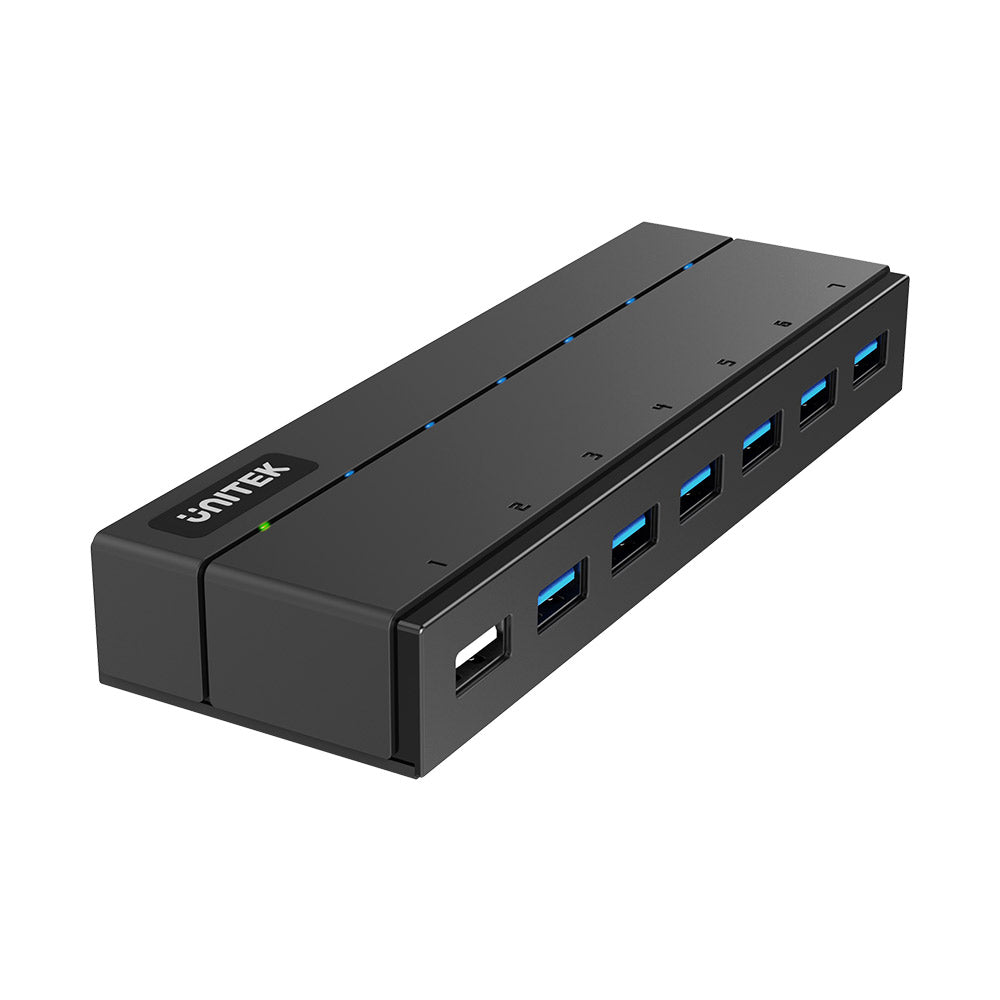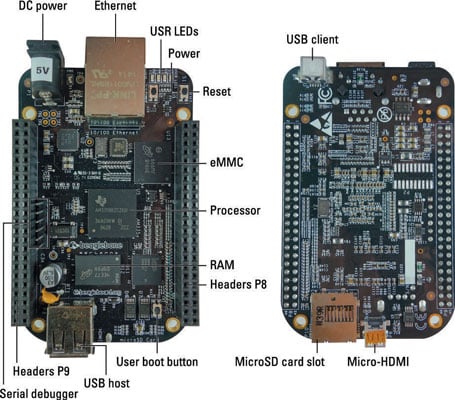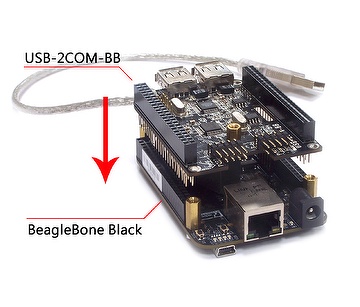

- #USB HUB WITH ETHERNET BEAGLEBONE HOW TO#
- #USB HUB WITH ETHERNET BEAGLEBONE INSTALL#
- #USB HUB WITH ETHERNET BEAGLEBONE SERIAL#
- #USB HUB WITH ETHERNET BEAGLEBONE DRIVERS#
- #USB HUB WITH ETHERNET BEAGLEBONE DRIVER#
The ports will likely be the only USB virtual serial ports and will be at /dev/ttyUSB0 and /dev/ttyUSB1. To find the device nodes, in the desktop terminal, enter: For each virtual serial port, Linux creates a device node, which is a virtual file that represents the port. The chip enumerates as a single USB device with two interfaces that can each function as a USB virtual serial port. One of the 'bone's USB devices is an FT2232C Dual USB-UART/FIFO IC.
#USB HUB WITH ETHERNET BEAGLEBONE DRIVERS#
The PC provides power to the 'bone and enumerates the devices to find out what they are and what drivers to use to communicate with them. Each of the hub's ports connects to an on-board USB device. The USB device port's receptable connects to an on-board USB hub with two downstream ports. To power up the BeagleBone and boot Linux, insert the provided mini-SD card in the receptacle and use the provided USB cable to attach the 'bone's USB device port to a USB port on your PC. We’ll call this screen the desktop terminal. To open a terminal application on the PC, click the dash home button (the Ubuntu logo) in the upper left, enter terminal in the search box, and press Enter. This tutorial uses two terminal applications on the PC, one to enter commands on the desktop system and one to enter commands to send to the 'bone.
#USB HUB WITH ETHERNET BEAGLEBONE HOW TO#
If you want to stick with Windows, see adafruit learning system's instructions on how to set up the BeagleBone on a Windows PC.
#USB HUB WITH ETHERNET BEAGLEBONE INSTALL#
How-To Geek has instructions on how to install Linux as a virtual machine One option is VMWare’s free VMPlayer virtualization software. Linux then runs in an application window under Windows. If you don’t have a Linux PC, you can install Linux as a virtual machine on a Windows PC that has extra disk space. This tutorial assumes you have a PC running Ubuntu or another distribution of Linux. When debugging is complete, you can detach the 'bone from the PC and run your application on the 'bone as a standalone system.

From a terminal application on the PC, you can send commands to execute on the 'bone. You can use the PC's keyboard, display, and other resources to write and compile programs, transfer the programs to the 'bone, and debug. But most small systems don't need all of that hardware.Īnother option is to create a development system by linking the 'bone to a PC. One way would be to create a mini-desktop system by attaching a USB hub, keyboard, mouse, and a USB display like those from Lilliput. Unlike a PC, the 'bone doesn't come with a keyboard and display for executing commands and running programs. The Ångström distribution is tailored for use in small systems. The BeagleBone is a single-board computer that comes with a mini-SD card containing an Ångström distribution of Linux. Options for Communicating with the BeagleBone I've tried to include some of the whys behind the how-tos so you understand not just how to do it but why it works. The focus is on getting a development system up and running so you can write and run your own programs on the 'bone. If you have a BeagleBone and would like to start using it, or if you are interested in programming small systems that use Linux, this guide is for you. If anyone has any ideas, let me know.Home > USB Central > USB OTG and Embedded Hosts > BeagleBoard Code for Accessing USB Devices >BeagleBone Getting Started Guide BeagleBone Getting Started Guide
#USB HUB WITH ETHERNET BEAGLEBONE DRIVER#
It seems to me like the driver should tell the chip to reset to its default eeprom values and drive the pins high, but I think I must have skipped a step in order to bind the device to the driver properly. I'm wondering if there's something I'm missing (a device tree entry, maybe?) in order to make this work. However, the PRTCTL are never being driven high, so no connected USB device can get power. Like the Beaglebone-XM, I have the PRTCTL pins from the LAN9514 connected to the input enable signals on a mosfet in order to control the 5v power to the USB ports. usb usb3-port1: unable to enumerate USB device usb 3-1: device not accepting address 5, error -62 usb 3-1: device not accepting address 4, error -62 usb 3-1: device descriptor read/64, error -62

However, when booting with the new hardware connected, I see these errors: usb 3-1: device descriptor read/64, error -62 I've connected everything (leaving off the optional eeprom) and I included the SMSC95XX as a module in buildroot for the driver. I believe the Pi and the Beaglebone-XM incorporate the same hardware. I have a single boad arm32 computer running a buildroot image I made, and I wanted to add the LAN9514 USB 2.0 and ethernet controller chip.


 0 kommentar(er)
0 kommentar(er)
